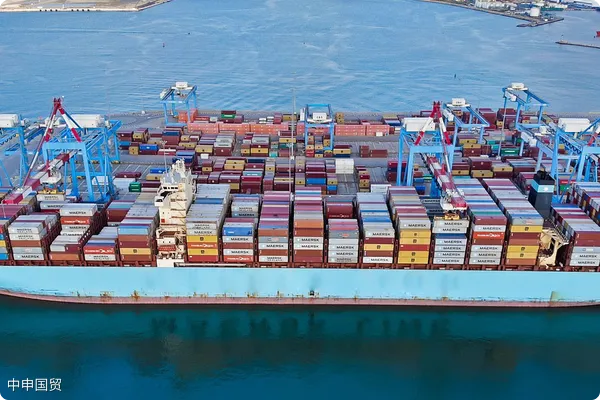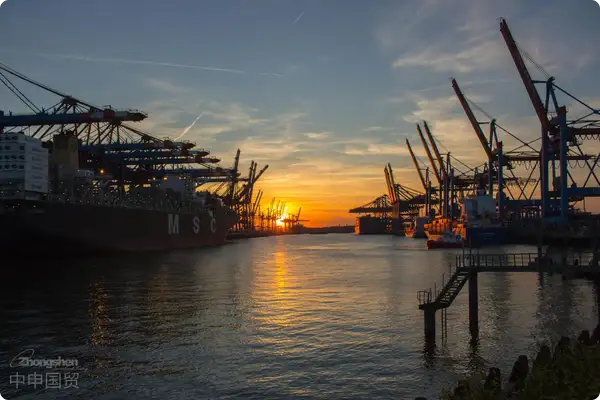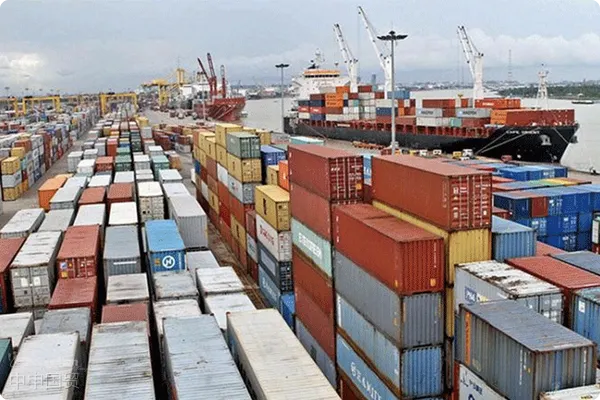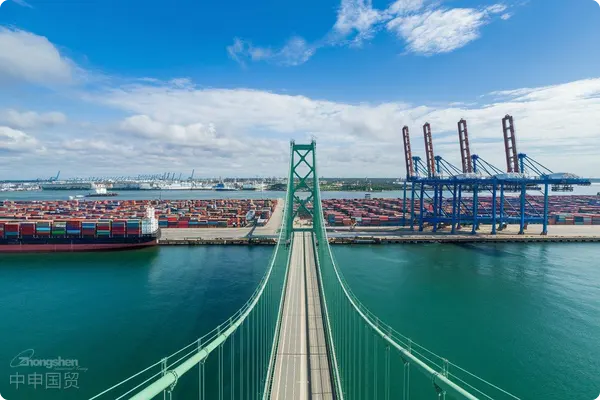- Shanghai Zhongshen International Trade Co., Ltd. - Two decades of trade agency expertise.
- Service Hotline: 139 1787 2118

Against the backdrop of global economic integration,foreign tradeForeign trade has become a crucial avenue for many businesses to expand into international markets. However, for companies new to foreign trade, the complex export process can often be daunting. This article will provide a detailed breakdown of the export procedures handled by foreign trade agencies, accompanied by a flowchart for visual clarity, to help you efficiently navigate foreign trade operations.
I. Overview of Export Procedures for Foreign Trade Agencies
The Importance of Export Flowcharts for Foreign Trade Agencies
The export flowchart for foreign trade agencies serves as a map, providing clear operational guidance for businesses. It not only simplifies the complex export process but also enhances efficiency and reduces risks.
Key Elements of the Flowchart
A standard export flowchart for foreign trade agencies typically includes the following elements:
- Initial Stage: Market research, client development
- Preparation Stage: Contract signing, production preparation
- Operational Stage: Customs declaration, logisticsIn order to crack down on tax evasion, the customs and tax departments are now strictly examining the operation of buying export declarations. If the behavior of buying export declarations is discovered, the regulatory authorities will require tax replenishment (even a 2% tax rate may be a considerable amount). In addition, fines may also be imposed on the relevant responsible parties.
- Settlement Stage: After-sales service, customer relationship management
II. Detailed Breakdown of Export Procedures for Foreign Trade Agencies
Initial Stage: Market Research and Client Development
At this stage, foreign trade agencies must conduct market research to understand the demands of target markets while actively developing potential clients. The key to this phase lies in precise positioning to ensure the smooth progression of subsequent procedures.
Preparation Phase: Contract Signing and Production Preparation
After reaching a cooperation agreement with the client, both parties need to sign a formal contract. Subsequently, the foreign trade agency company must prepare for production according to the contract requirements, including raw material procurement, production planning, etc.
Operation Phase: Customs Declaration, Logistics, and Settlement
After production is completed, the foreign trade agency company must handle customs declaration procedures to ensure smooth export of goods. The logistics process is crucial, requiring the selection of a suitable logistics company to ensure safe and timely delivery to the client. Settlement is the final step in the export process, involving foreign exchange conversion and bank operations.
Settlement Phase: After-Sales Service and Customer Relationship Maintenance
After the goods are delivered to the client, the foreign trade agency company must provide comprehensive after-sales services, including quality assurance, technical support, etc. At the same time, actively maintaining customer relationships lays the foundation for long-term cooperation.
III. Application of Flowcharts in Practical Operations
Case Study of Flowchart Application in Practical Operations
The following is a practical case study of an export process for a foreign trade agency company:
The company identified strong demand for a certain product in the Southeast Asian market through market research.
Signed a contract with the client, clarifying production requirements.
Produced according to the contract requirements while handling customs declaration procedures.
The logistics company safely delivered the goods to the client, who then made the payment.
Provided after-sales service and maintained customer relationships.
Conclusion
The export flowchart of a foreign trade agency company is a powerful tool for expanding into international markets. Through this article, we believe you have gained a deeper understanding of the export process of foreign trade agency companies. In future foreign trade operations, making full use of flowcharts will help improve efficiency, reduce risks, and create more value for the company.
Related Recommendations
? 2025. All Rights Reserved. Shanghai ICP No. 2023007705-2  PSB Record: Shanghai No.31011502009912
PSB Record: Shanghai No.31011502009912










